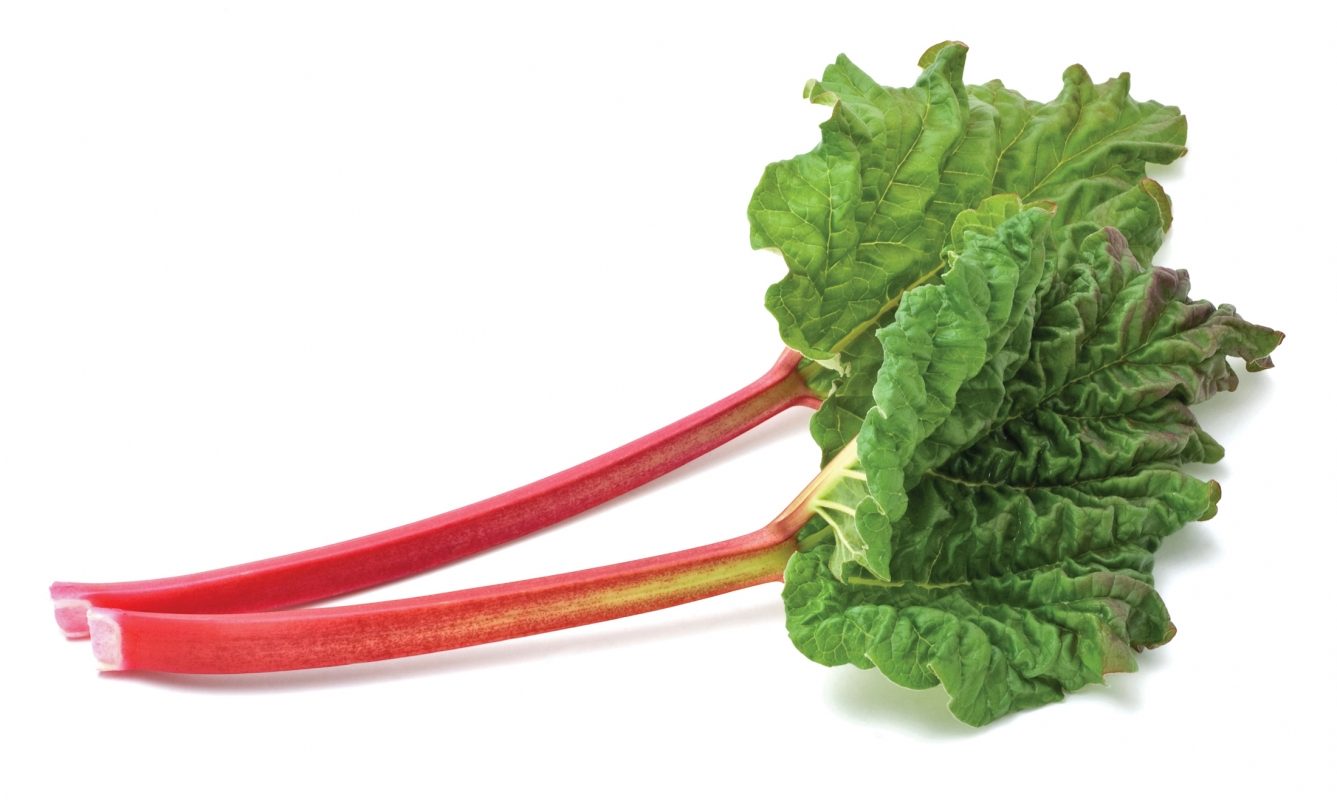Rhubarb was a staple crop for every Canadian homesteader in the 1800s. However, the focus was initially on function rather than flavour – it was used as a medicine due to its perceived benefits for the digestive system. Eventually, the tart vegetable made its way into Canadian kitchens and has been a warm-weather staple since. “Rhubarb is one of the first flavours that heralds the coming of spring,” says Karlynn Johnston of The Kitchen Magpie, a local food blog. It’s also perfectly compatible to Alberta weather, as it thrives specifically in cool climates. And you certainly don’t need to worry about running out. “It grows like a weed,” Johnston says. “It’s a plant that is usually shared between neighbours.”
Sweet or Savoury
According to Carol Cooper, the cook behind Fruits of Sherbrooke, rhubarb can be paired with everything from sweet mangoes to spicy peppers. “It gently sits at the back [of the palate] so you can add other layers of flavour to it,” Cooper says. A high water content means rhubarb is an ideal base for jellies, and Cooper has mixed rhubarb with everything from blueberries to strawberries. However, it also shines in savoury combinations. “Our chipotle rhubarb ketchup is our best seller,” Cooper says.
A Matter of Preference
Rhubarb’s versatility applies to its preparation as well. While some people crunch the sour stalks raw, the most common way to prepare rhubarb is to cook it down until soft for sweet dishes. Reduce the cooking time if you want the rhubarb to maintain its structure, Cooper advises. You can even boil it down into juice and use it as a tart component for drinks. “Rhubarb has such a unique flavour profile,” says food blogger Lindsay Angelstad. “Cooked rhubarb is sweet, sour, fruity, sharp, floral and a little bitter all at once – it doesn’t need much dressing up.”
There’s really only one thing you can’t do with this ingredient – eat the leaves. The leafy greens attached to the vibrant red stalks contain high concentrations of oxalic acid and are poisonous if ingested. According to the National Institutes of Health in the United States, symptoms include kidney stones, nausea, seizures, respiratory difficulty and stomach pain.
